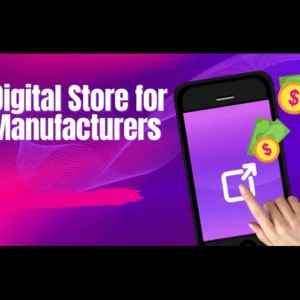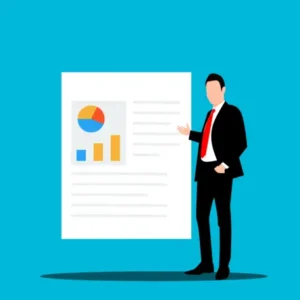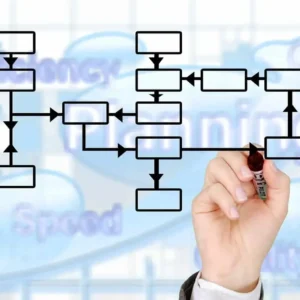Introduction to Procurement Strategies
Procurement strategies is the blueprint that organizations use to acquire goods and services. It’s like the road map for smart buying. It’s a vital tool for businesses to save money, ensure quality, and gain a competitive edge. This guide will break down procurement strategy into simple, understandable parts.
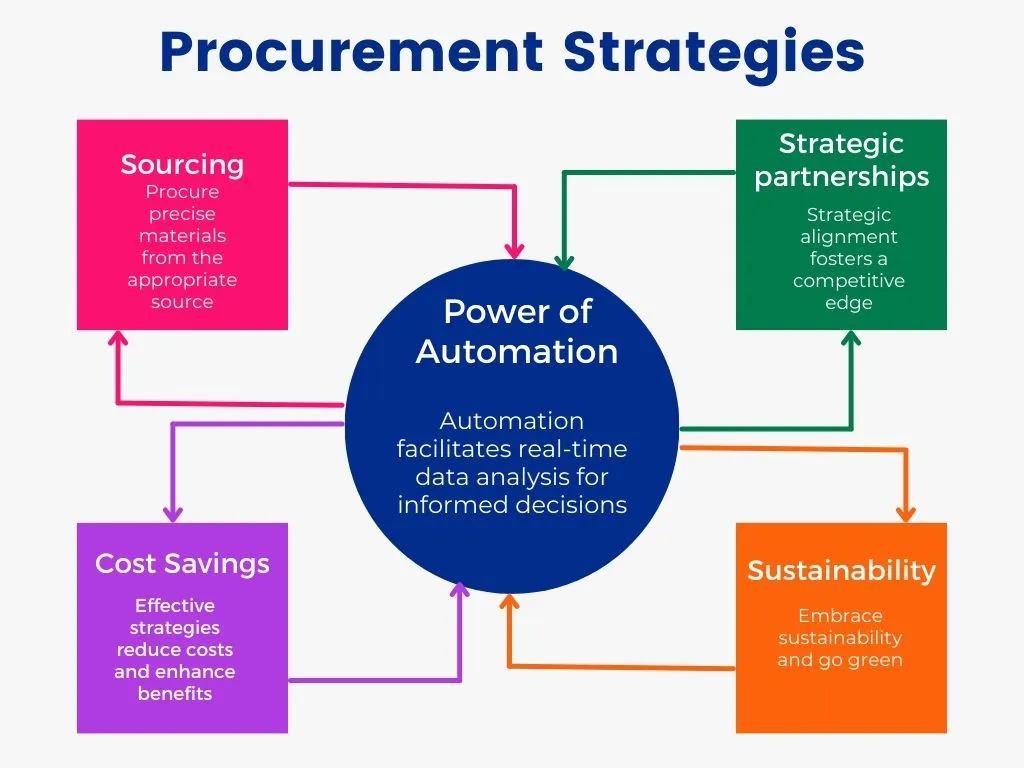
We’ll explore how it fits into the fast-changing world of business, and you’ll discover the key elements that drive success. Whether you’re a seasoned pro or just starting, this guide will provide valuable insights into how to make procurement work for your organization, helping you make wise purchasing decisions and boost your company’s bottom line.
Types of Procurement Strategies
- Single Sourcing: In this strategy, a company relies on one supplier for a particular product or service. This can lead to strong relationships and potential cost savings through bulk purchases but also poses risks if the supplier faces issues.
- Multiple Sourcing: This approach involves diversifying suppliers to spread risk. It ensures a backup plan if one supplier faces problems but may require more management effort and potentially higher costs.
- Global Sourcing: Global procurement seeks suppliers from around the world, capitalizing on cost advantages, but it can introduce challenges like logistical complexities and cultural differences.
- Strategic Partnerships: Building long-term relationships with a few key suppliers can lead to better collaboration, cost savings, and innovation, but it requires trust and investment.
- Outsourcing: Companies can outsource entire functions or processes to specialized service providers. This strategy can reduce costs and improve efficiency but should be carefully managed.
- E-Procurement: Leveraging technology for procurement processes, such as online auctions and vendor management systems, can enhance efficiency and reduce costs.
Developing a Procurement Strategies
A procurement strategies is like the rulebook for a company’s buying decisions. It sets clear guidelines on how goods and services should be purchased. To create an effective procurement policy, follow these steps:
- Identify Objectives: Determine the goals of your procurement policy, such as cost savings, quality standards, or sustainability.
- Legal Compliance: Ensure that your policy complies with relevant laws and regulations, promoting fairness and transparency.
- Vendor Selection: Define how vendors will be chosen, considering factors like price, quality, and reliability.
- Approval Processes: Specify the procedures for obtaining approvals, budgets, and signatures before making purchases.
- Risk Management: Address potential risks and how they will be mitigated, safeguarding your organization from unforeseen issues.
- Review and Update: Periodically assess and update your policy to adapt to changing needs and market conditions.
A well-crafted procurement policy not only streamlines your purchasing process but also ensures ethical practices and cost-effectiveness in acquiring goods and services.
Key Procurement Strategies for 2023
- Supply Chain Resilience: Enhance supply chain resilience by diversifying suppliers and building contingencies to mitigate disruptions caused by unforeseen events like pandemics or natural disasters.
- Sustainable Sourcing: Embrace sustainable procurement by prioritizing eco-friendly products and suppliers, reducing environmental impact, and meeting the growing demand for responsible sourcing.
- Digital Transformation: Leverage technology to automate and streamline procurement processes, improving efficiency, reducing errors, and enabling data-driven decision-making.
- Strategic Vendor Relationships: Foster strategic partnerships with key suppliers to drive innovation, negotiate favorable terms, and ensure a reliable supply of essential goods and services.
- Cost Optimization: Implement cost-saving measures, such as bulk purchasing, competitive bidding, and smart inventory management, to maximize value while minimizing expenses.
- Compliance and Ethics: Uphold a strong focus on ethical procurement practices, ensuring compliance with regulations, promoting fair labor practices, and maintaining high ethical standards throughout the supply chain.
Practical Example of Procurement Strategies
Let’s consider a real-world example from the automotive industry. An automobile manufacturer wants to optimize its procurement strategies for electronic components used in its vehicles.
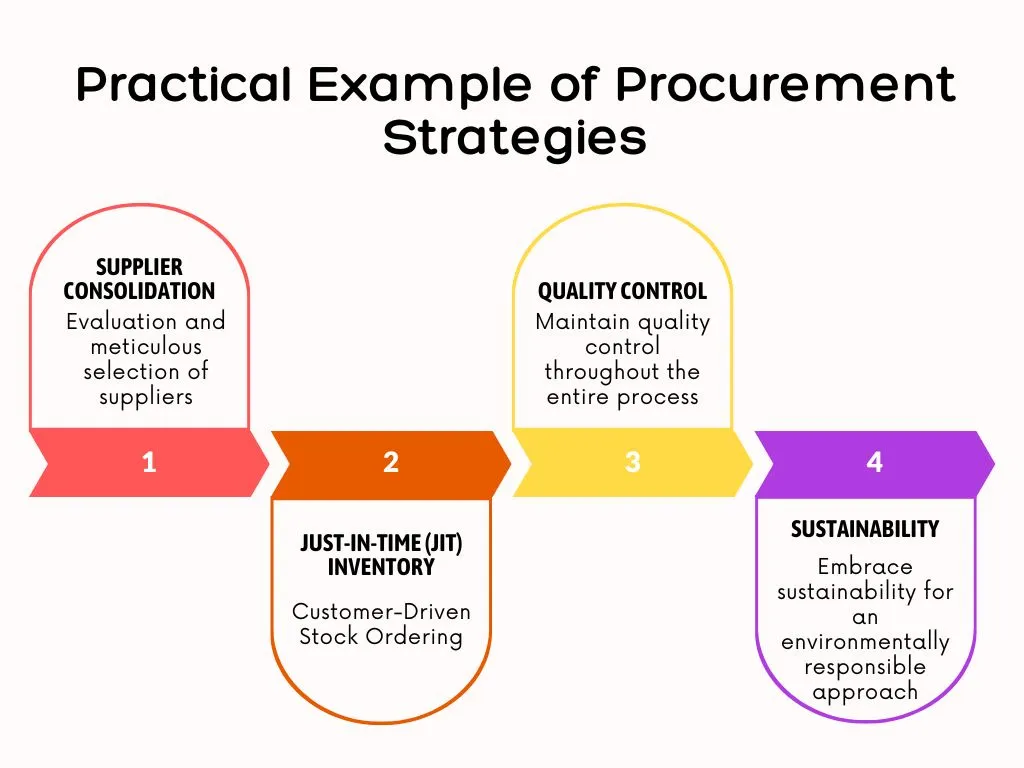

- Supplier Consolidation: The company decides to consolidate its suppliers for electronic components from multiple vendors to a select few, fostering stronger relationships and better pricing.
- Just-In-Time (JIT) Inventory: The manufacturer employs JIT inventory management to minimize storage costs and ensure that electronic components arrive precisely when needed for production, reducing excess inventory.
- Quality Control: To maintain product quality, the company sets stringent quality control standards for its suppliers, conducting regular audits and inspections to ensure that the components meet the required specifications.
- Sustainability: The manufacturer also prioritizes environmentally responsible suppliers to align with consumer demand for greener vehicles, showcasing its commitment to sustainability in the procurement process.
By implementing these strategies, the automobile manufacturer streamlines its procurement process, reduces costs, maintains high-quality standards, and aligns with evolving market trends, ultimately improving its competitive edge in the automotive industry.
The Power of Automation in Procurement Strategies
Automation is revolutionizing the world of procurement, making it smarter, faster, and more efficient. Here’s why it’s a game-changer:
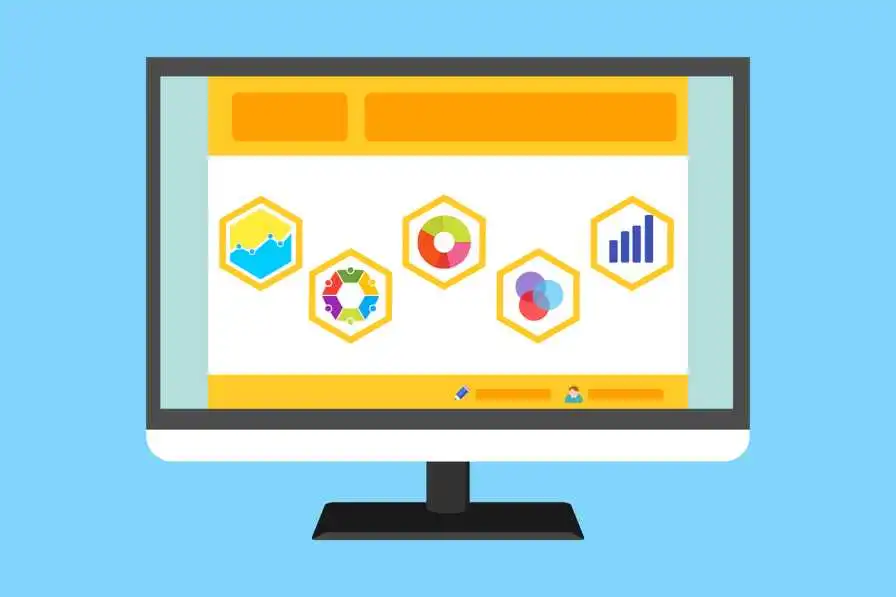

- Efficiency Boost: Automation simplifies routine tasks like data entry, purchase order processing, and invoice management, freeing up valuable time for procurement professionals to focus on strategic decision-making.
- Error Reduction: Automated systems minimize human errors, ensuring accurate records, fewer discrepancies, and improved compliance with procurement policies.
- Cost Savings: By reducing manual labor and streamlining processes, automation trims operational costs and leads to more cost-effective procurement.
- Data Insights: Automated tools provide real-time data and analytics, enabling organizations to make informed decisions, identify trends, and negotiate better deals with suppliers.
- Supplier Collaboration: Automation fosters better communication and collaboration with suppliers, strengthening relationships and promoting a more transparent and efficient supply chain.
- Risk Mitigation: Automation enhances risk assessment and management, helping organizations proactively identify and address potential supply chain disruptions.
In today’s fast-paced business landscape, automation in procurement is not just a convenience but a strategic necessity, enabling companies to stay competitive, agile, and efficient in a rapidly evolving market.

